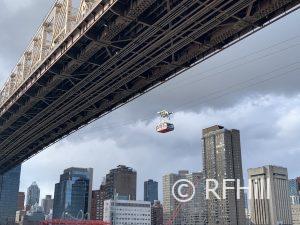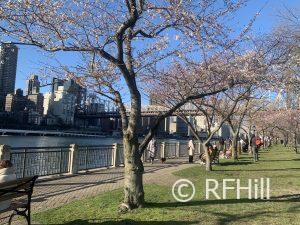When it comes to parks in Manhattan, Central Park often takes center stage. I won’t be talking about Central Park, as you can easily pick up a map and read all about it elsewhere. But beyond this iconic green oasis lies a treasure trove of lesser-known parks, like Bryant Park, that have played a significant role in the history and development of the city. In this article, we’ll journey through Manhattan’s hidden gems, uncovering the stories and charm of these parks that offer respite and beauty amidst the urban landscape.
1. Bryant Park:
Let’s discuss my favourite, Bryant Park, a delightful urban oasis between Fifth and Sixth Avenues, just behind the New York Public Library. This park has rich history dates back to the mid-19th century when it served as a reservoir and later as a square. Today, Bryant Park is a haven for New Yorkers and visitors alike. Its beautifully landscaped gardens, shaded seating areas, and open lawn provide a serene escape from the bustling city.
The park also hosts numerous cultural events, including outdoor movie nights and live performances, making it a vibrant hub of activity. In the wintertime, they have a skating rink that is much larger than the one at Rockefeller Center. It is fun to sit by with a hot chocolate and watch the people trying to skate.
2. High Line Park:

Stroll along the elevated walkway, adorned with native plants, art installations, and seating areas that invite you to relax and take in the surroundings. The High Line Park also hosts art exhibitions, cultural events, and food vendors, making it a dynamic and ever-changing destination.
3. Battery Park:
Located at the southern tip of Manhattan, Battery Park offers breathtaking views of the Statue of Liberty and the New York Harbor. With a history spanning centuries, this park has witnessed the arrival of countless immigrants, served as a strategic defence point, and evolved into a symbol of resilience and hope.
Today, Battery Park welcomes visitors with its manicured gardens, waterfront promenades, and historical monuments. Take a leisurely stroll along the esplanade, visit the Castle Clinton National Monument, or hop on a ferry to explore the nearby Statue of Liberty and Ellis Island. We prefer our visitors to take the Staten Island Ferry, which is free and provides an excellent view of the Statue of Liberty. Then we recommend walking through Battery Park on their way to visit Ground Zero.
4. Riverside Park:
Stretching along the Hudson River from 72nd Street to 158th Street, Riverside Park is a verdant escape that offers stunning views of the river and the New Jersey shoreline. Designed by Frederick Law Olmsted, the visionary behind Central Park, Riverside Park offers a tranquil retreat from the city’s hustle and bustle. Its tree-lined paths, meandering trails, and spacious lawns provide ample opportunities for outdoor activities, picnics, and enjoying the beauty of nature. Don’t miss the impressive Soldiers’ and Sailors’ Monument, a memorial honouring Union Army veterans of the American Civil War. Less visited by tourists, this makes for a lovely stroll.
5. Washington Square Park:
Nestled in the heart of Greenwich Village, Washington Square Park is a vibrant gathering place that reflects the neighbourhood’s bohemian spirit. This park has long been a center for artistic and intellectual pursuits, attracting poets, musicians, and activists. The iconic Washington Square Arch is a gateway to the park and has become a city symbol. As you explore the park, you’ll encounter street performers, chess players, and a lively atmosphere that embodies the diversity and creativity of New York City. Personally, I prefer the Union Square Park area.
6. Union Square Park:
One of the park’s main attractions is the Union Square Greenmarket, a world-renowned farmers’ market since 1976. Additionally, Union Square Park is often a canvas for artists who display their sculptures, installations, and performances, adding a touch of creativity and cultural vibrancy to the park. During the warmer months, the park hosts outdoor film screenings, yoga sessions, and dance performances, inviting people to gather, connect, and experience the city’s cultural richness in an open-air setting.
Union Square Park has witnessed significant historical events throughout its existence. It was originally established in 1839 and was a central meeting point for political rallies, labour demonstrations, and social gatherings. Over the years, it has been a stage for influential figures such as Susan B. Anthony, Emma Goldman, and Martin Luther King Jr., who delivered speeches that shaped history. Today, the park continues to be a social and political activism hub where people gather to express their opinions and advocate for change.
 7. Little Island Park:
7. Little Island Park:
At the heart of Little Island Park is its living landscape—a unique blend of gardens, trees, and lush greenery that create a harmonious and immersive environment. One of the most striking features of Little Island Park is its architectural marvels. The park comprises a series of 132 concrete “tulips” that rise from the river, creating a whimsical and captivating visual spectacle. A network of concrete columns supports these tulip-shaped structures and features an array of performance spaces, gardens, and seating areas.
8. Roosevelt Island Park:
To get to Roosevelt Island, one must take a great trolley ride, often crowded with tourists and families heading to the park. To move ahead of the line, have a valid metro card to swipe – not tapping credit cards. A ticket both ways is required. I have made the trip numerous times and tried to avoid the weekend.
Roosevelt Island Park has a rich and storied history that dates back centuries. Originally called Minnehanonck by the Native American Lenape tribe, the island later became home to Dutch settlers, who named it Blackwell’s Island.
Over the years, it underwent various transformations, including serving as a location for hospitals, asylums, and correctional facilities. In 1971, the island was renamed Roosevelt Island in honour of President Franklin D. Roosevelt. Today, the park offers a glimpse into the island’s past while providing an idyllic outdoor recreation and relaxation setting.
One of the highlights of Roosevelt Island Park is the scenic promenades that line its perimeter, offering breathtaking views of the Manhattan skyline, the Queensboro Bridge, and the East River. The promenades are also popular among joggers, cyclists, and rollerbladers, providing a serene pathway for exercise while enjoying the picturesque surroundings.
9. Fort Tryon Park:
Fort Tryon Park, north of Harlem and south of Yonkers, remains one of the city’s most beautiful outdoor art pieces and one of the best presents ever received. John D. Rockefeller, Jr. began acquiring private parcels in 1917 to develop a beautiful park with majestic views of the Hudson River and Palisades for the public.
Fort Tryon Park is also home to the Cloisters, a branch of the Metropolitan Museum of Art that houses nearly 5,000 medieval works in a building comprised of several structures from Europe. I highly recommend setting aside time to enjoy both of these.
10: Bowling Green Park:
One of the park’s most notable landmarks is the Charging Bull sculpture, an iconic symbol of Wall Street’s financial resilience and strength.
Bowling Green Park holds the distinction of being the city’s oldest public park, with a history dating back to 1733. Originally a bowling green—a popular lawn game during colonial times—the park witnessed significant historical events, including reading the Declaration of Independence to George Washington’s triumphant return to New York after the Revolutionary War.
11. Madison Square Park
Bonus – Prospect Park:
If one wants to get out of Manhattan and away from it all, Prospect Park is one subway ride away. Nestled in the heart of Brooklyn, Prospect Park is a verdant oasis that offers a retreat from the bustling city streets. Spanning over 500 acres, this iconic park is a haven for nature lovers, outdoor enthusiasts, and those seeking respite from the urban chaos. Prospect Park, designed by Frederick Law Olmsted and Calvert Vaux, opened in 1867. Inspired by the principles of landscape architecture, the park was envisioned as a space where urban dwellers could connect with nature. Its design reflects the philosophy of Olmsted and Vaux, who sought to create a harmonious blend of natural landscapes.

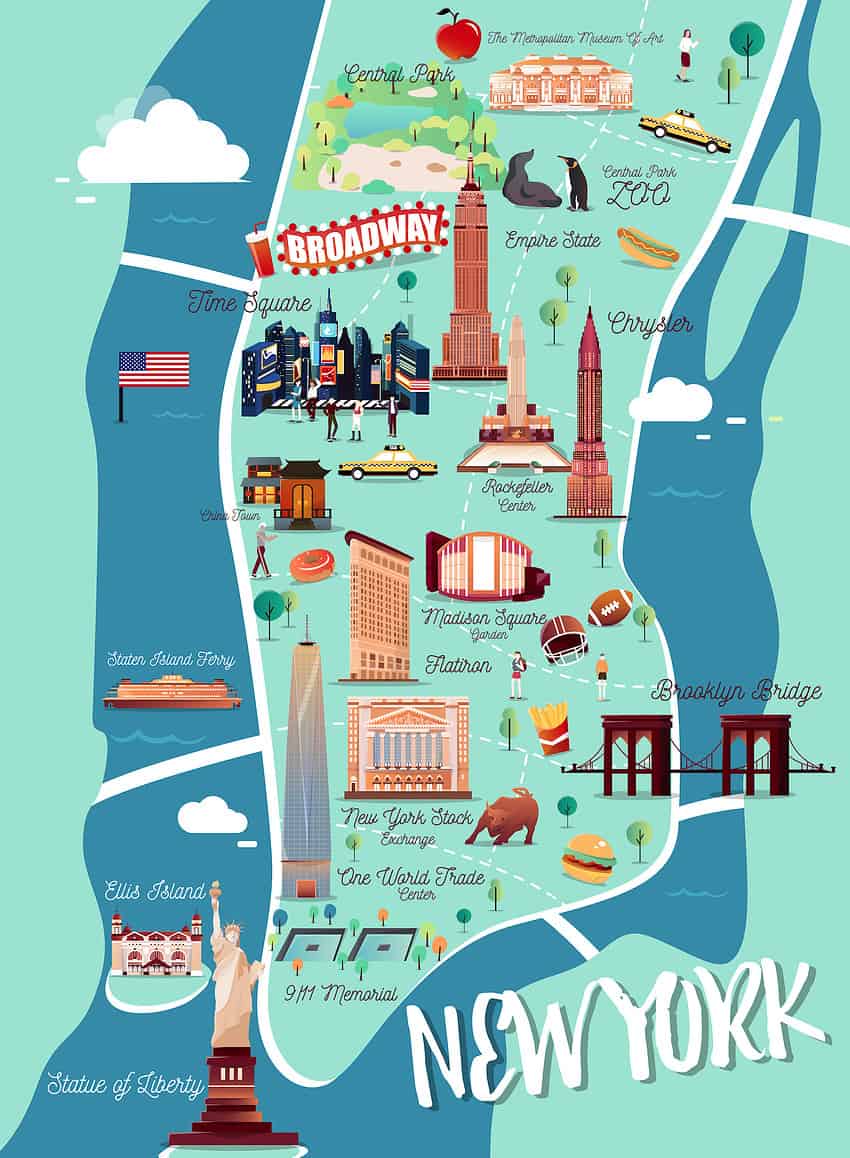

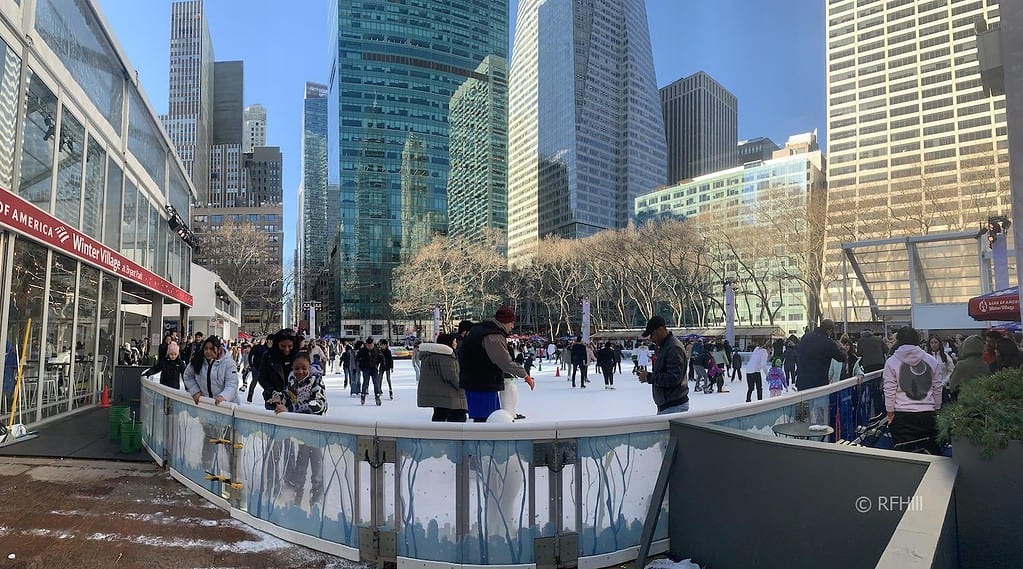
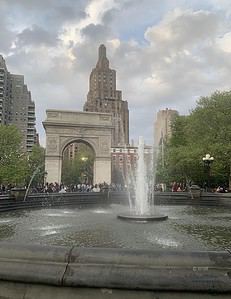
 7. Little Island Park:
7. Little Island Park: